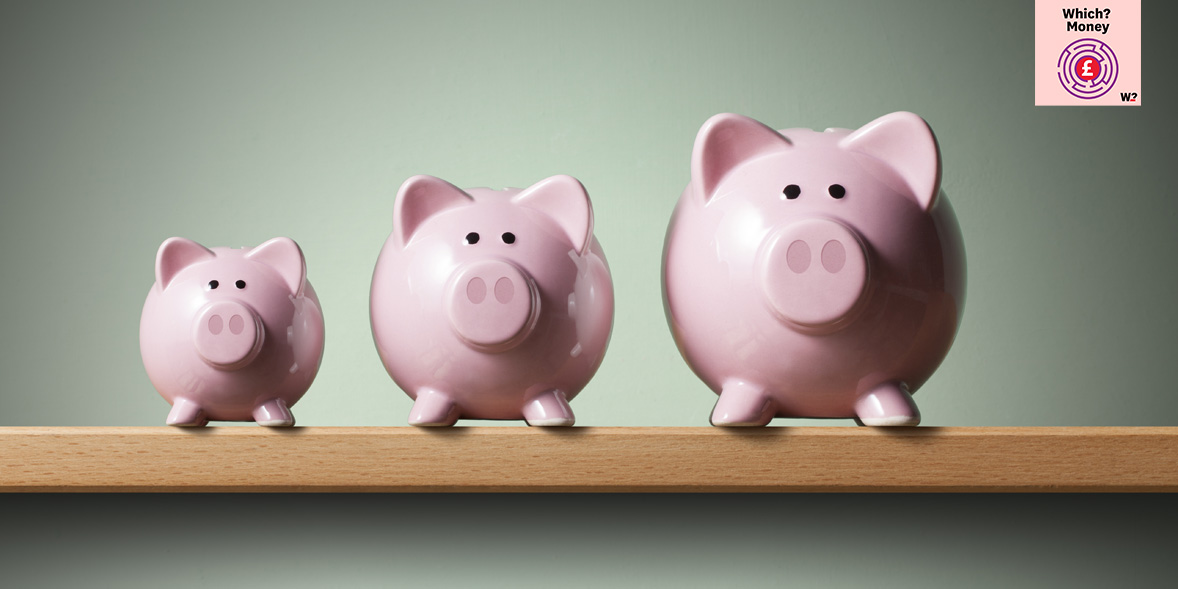
What is pension drawdown?

In this article
- What is pension drawdown?
- Video: what is pension drawdown?
- What are the pension drawdown rules?
- Is pension drawdown right for me?
- How much tax will I pay in pension drawdown?
- What happens to my pension drawdown plan when I die?
- What happens if I'm already in pension drawdown?
- Can I still save into a pension if I open a pension drawdown plan?
What is pension drawdown?
Income drawdown, or pension drawdown, is a way of taking money out of your pension to live on in retirement. You have to be aged 55 or over and have a defined contribution pension to access your money in this way.
With income drawdown, you keep your pension savings invested when you reach retirement and take money out of, or 'drawdown' from, your pension pot.
Since your money stays invested, and it's usually in the stock market, there is the risk that your fund may fall in value.
The upside is that investment growth can provide higher returns and see your pot continue to increase in value.
Video: what is pension drawdown?
Our 70-second video explains what pension drawdown is, as well as the main advantages and disadvantages of using it as a method for generating retirement income.
What are the pension drawdown rules?
All new income drawdown arrangements set up after 6 April 2015 are known as 'flexi-access drawdown'.
Under flexi-access drawdown, you can take up to 25% of your pension savings tax-free upfront.
There are no limits on how much income you can withdraw from your remaining pension savings. You could:
- withdraw all of it in one go;
- take regular monthly or annual payments
- or take a series of lump-sum payments as and when you want them
If you took out pension drawdown before 6 April 2015, there were two types:
Capped drawdown
This limited how much you could draw from your pension pot, in line with rules set down by the government.
The maximum income you could take is 150% of the amount you would have received each year if you'd bought an annuity.
Flexible drawdown
This allowed you to take as much money as you want each year. To be eligible for this type of drawdown, you needed to be receiving pension income of at least £12,000 a year from other sources.
If you're considering income drawdown as a way to provide your retirement income, you need to plan carefully.
Our income drawdown calculator allows you to see how long your pension pot might last.
Is pension drawdown right for me?
Pension drawdown is worth considering if…
- You want your money to continue to be invested
- You want the flexibility to take sums out as and when you want
- You want to take out different amounts each year
- You want to manage your annual tax liability
Pension drawdown might not be the best option if…
- You want a guaranteed income each year
- You're worried that you might run out of money
- You don't want to be exposed to investment risk in retirement
- You want to avoid high charges
How much tax will I pay in pension drawdown?
The first 25% you take of your pension is tax-free. Then any subsequent withdrawals you make in income drawdown are subject to income tax (2024-25 rates):
- If you have no income from any other sources, the first £12,570 is tax-free.
- You then pay tax at 20% on the next £37,700 above this.
- You then pay tax at 40% on everything above £50,270 (£12,570 + £37,700)
- You then pay tax at 45% on everything above £125,140.
So if you took out £50,270, and had no other income from private pensions and the state pension, you'd have a tax bill of £7,540 after taking your £12,570 tax-free allowance into account.
These figures apply to income tax in England, Wales and Northern Ireland. Income taxes in Scotland work differently.
- Find out more: Tax on pensions - see how much you might pay on a lump sum
What happens to my pension drawdown plan when I die?
The amount of tax paid on your remaining pension when you die has been cut. It used to be a whopping 55%.
If you die under the age of 75
All pension funds left by someone who dies under the age of 75 can be inherited tax-free. This could be taken as a regular income from your drawdown plan, or as a whole lump sum.
If you die over the age of 75
The inheritors of your pension will pay tax at their marginal rate of income tax, whether they take the remaining fund as a lump sum or as a regular income from a drawdown plan.
Another important change is that death benefits can now be left to anyone you choose, not simply dependents (such as your spouse).
This makes it extremely important to complete your provider's 'expression of wish' form, declaring who should inherit your pension pot.
What happens if I'm already in pension drawdown?
If you're in a flexible drawdown plan, this automatically converted to flexi-access drawdown from 6 April 2015.
If you're in a capped drawdown arrangement you have set up under the old rules, you have two options. You can either convert to flexi-access drawdown or keep capped drawdown.
Since April 2015, capped drawdown has no longer been available for those taking benefits from their pension fund for the first time.
Can I still save into a pension if I open a pension drawdown plan?
You can contribute a maximum of £60,000 a year to a pension - known as the pensions annual allowance. But if you open a drawdown plan, the rules change.
As soon as you take more than your 25% tax-free lump sum, the annual amount you can contribute to a pension falls to £10,000.
This restriction is technically called the 'money purchase annual allowance' or MPAA, and covers both your savings and contributions from your employer.
However, this rule doesn't apply if you're already in a capped drawdown plan. If you remain in capped drawdown, you can still contribute £60,000 a year to your pension.
Both the MPAA and the pensions annual allowance were increased in Jeremy Hunt's 2023 Spring Budget.
What are the alternatives to pension drawdown?
Income drawdown isn't the only way to get an income for your retirement.
Annuities
Buying an annuity sees you using your pension savings to buy a guaranteed income to last for the rest of your life.
Despite their poor reputation, annuities could still be the right option, especially if you don't feel comfortable with the investment risk of income drawdown.
And the government has changed the rules so that new types of annuities can share some of the flexibilities of income drawdown, such as being able to pass on your funds when you die or varying the amount of income you can take.
You can also use part of your pension savings to buy an annuity, while leaving the rest in income drawdown.
Find out more: What is an annuity? - find out all you need to know about these financial products
One-off lump sums
There is another way to take money out of your pension fund without opening an income drawdown plan. You can do this by taking regular ad-hoc withdrawals from your pension.
The technical term for this is 'uncrystallised funds pension lump sums (UFPLS)'. Under this option, you can take all your pension in one go, or a series of smaller lump sums as and when you want, similar to income drawdown.
However, the tax treatment is different. If you decide to access your pension this way, the first 25% any withdrawal will be tax-free, with the remaining 75% subject to income tax
How do I open a pension drawdown plan?
Not all employer pensions offer income drawdown to their employees.
This means that if you want to use income drawdown from your work pension, you will need to transfer it to a new company that offers drawdown.
One option will be to transfer your savings into a self-invested personal pension (Sipp) and then switch on the drawdown facility.
If you already have a Sipp, your provider can convert you into a drawdown plan if it offers it.
If you have saved via a personal pension with an insurance company you can opt for drawdown - as long as your pension provider offers this to you.
Which? has reviewed the pension drawdown plans of 20 major companies to help you find the best deal. Read our guide to comparing pension drawdown plans and charges.
If you're investing in income drawdown, the stakes couldn't be higher. You are investing to provide an income throughout your retirement, however long it lasts.
Find out more about investing in income drawdown.


















